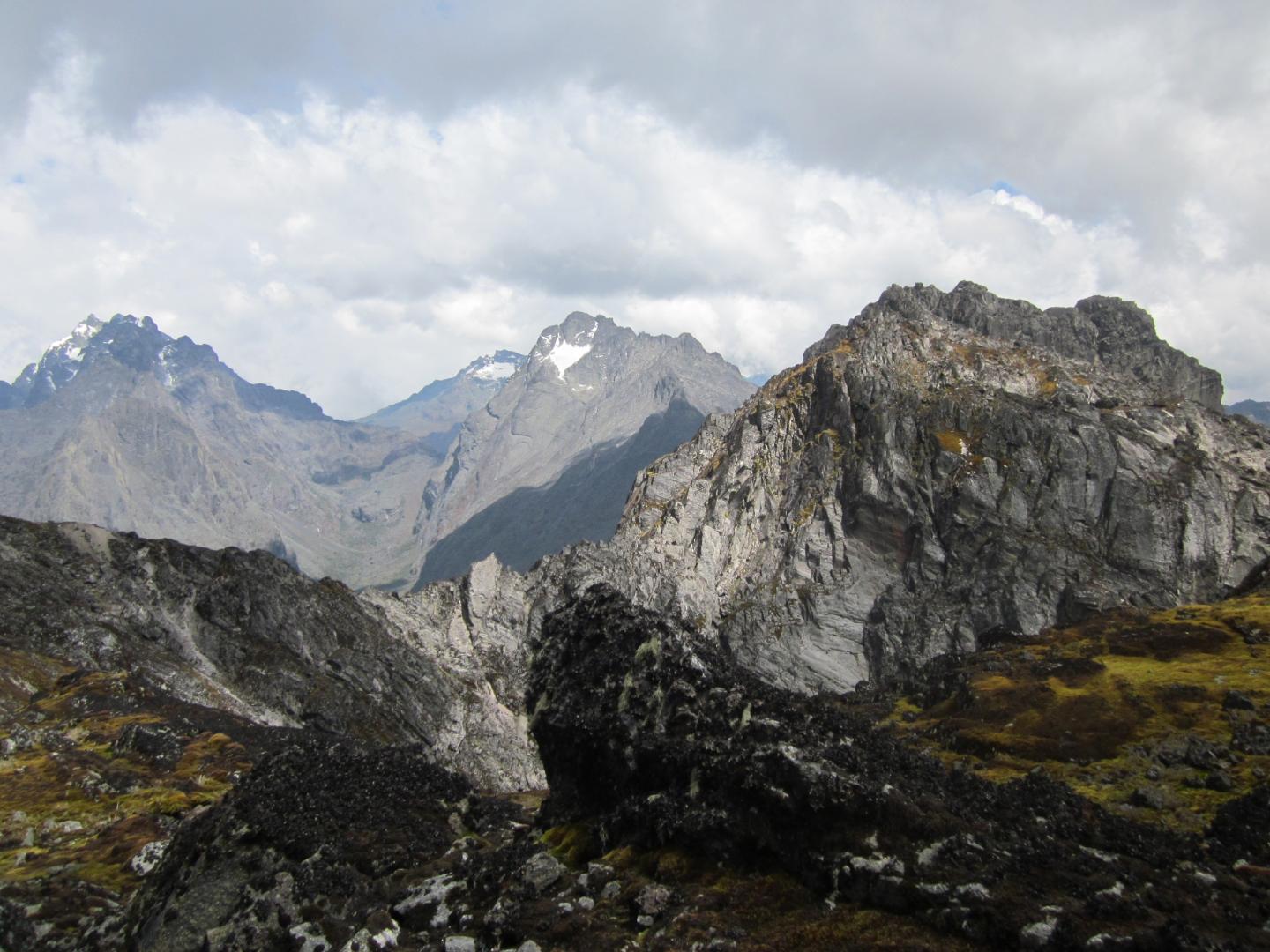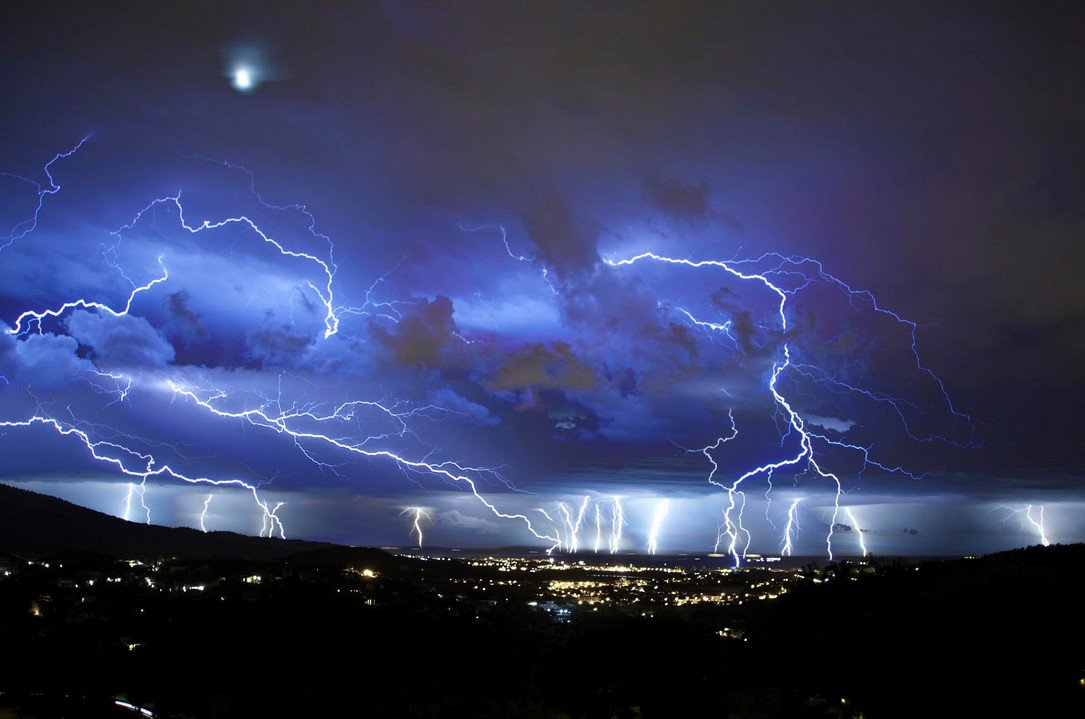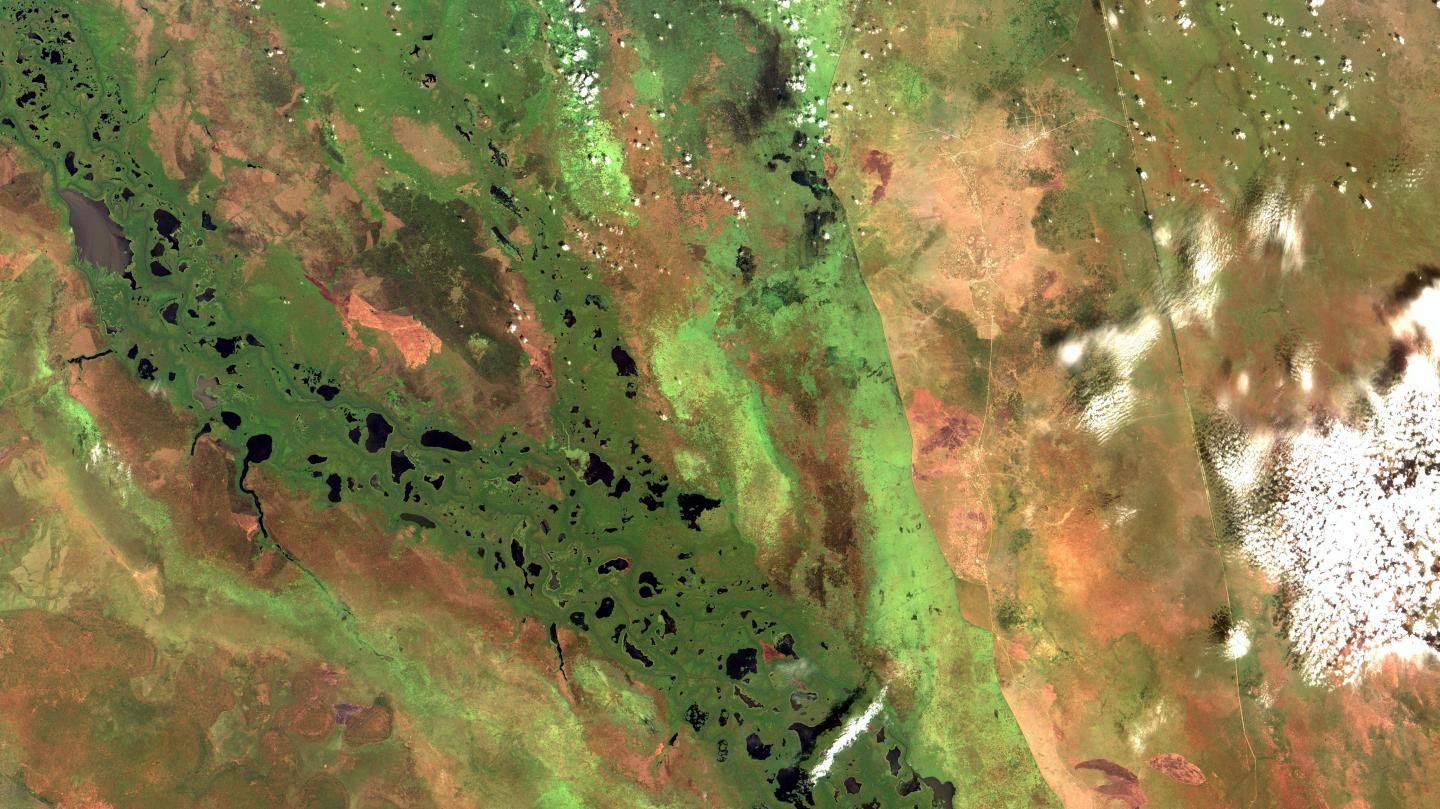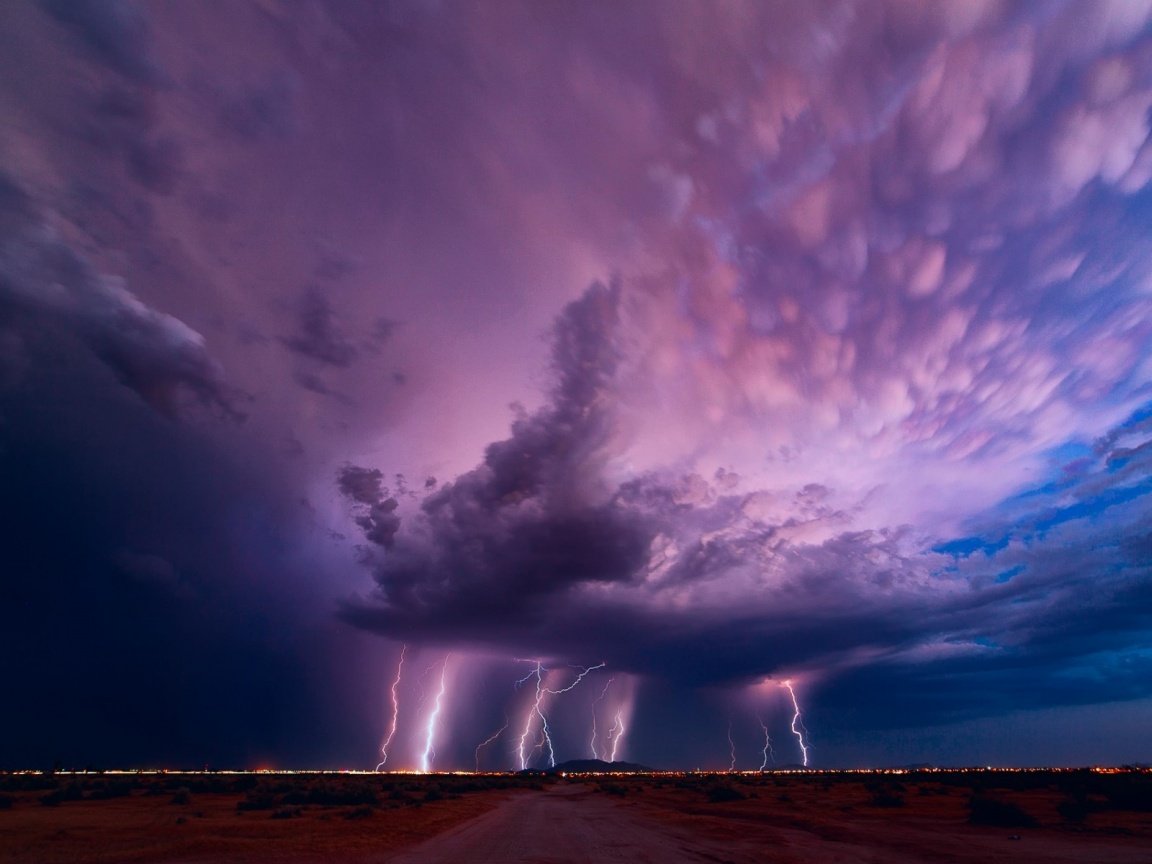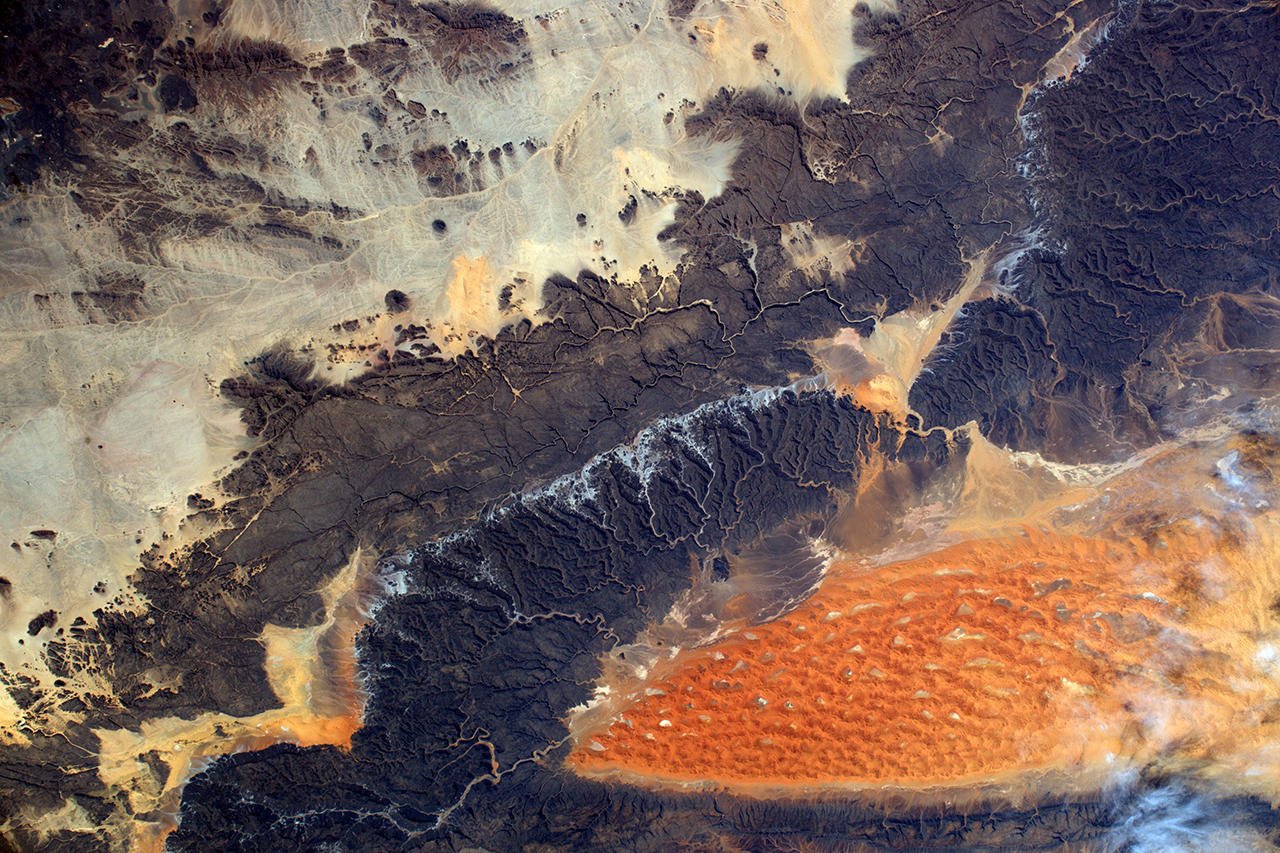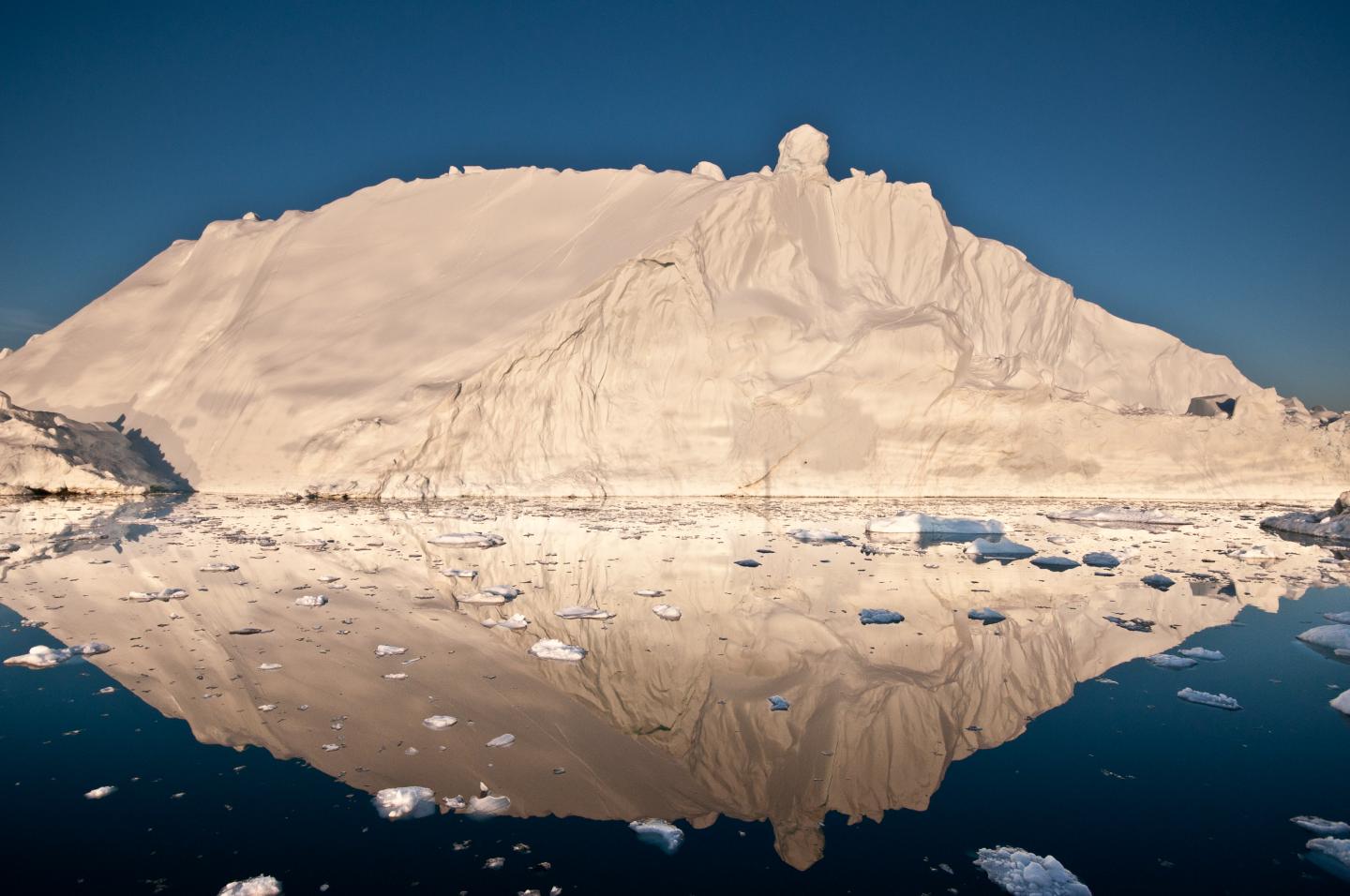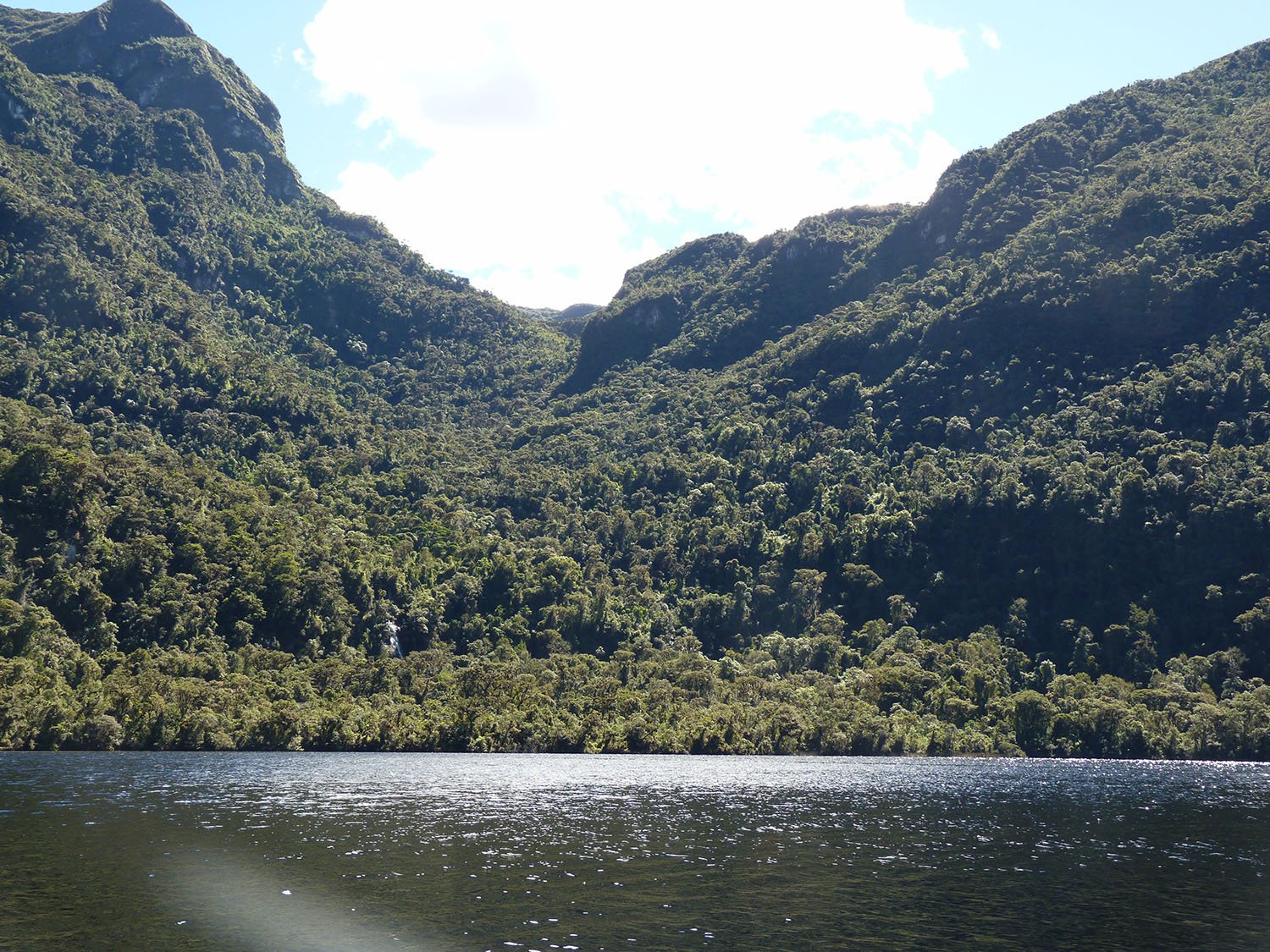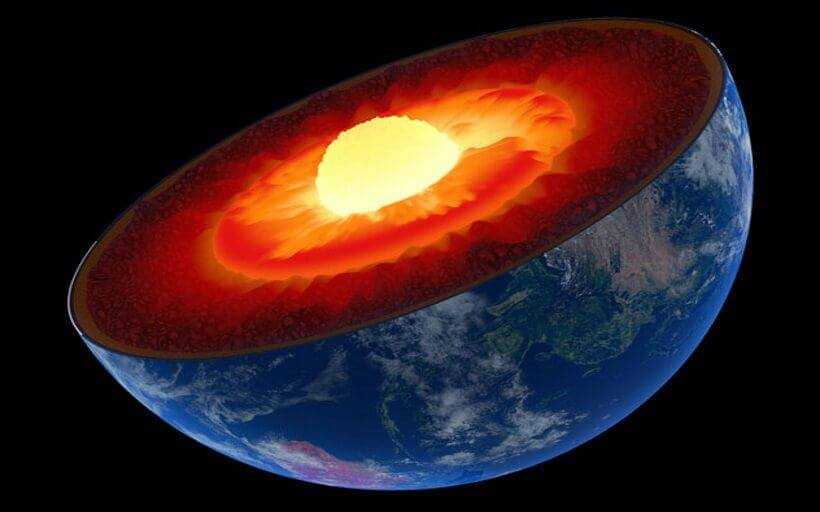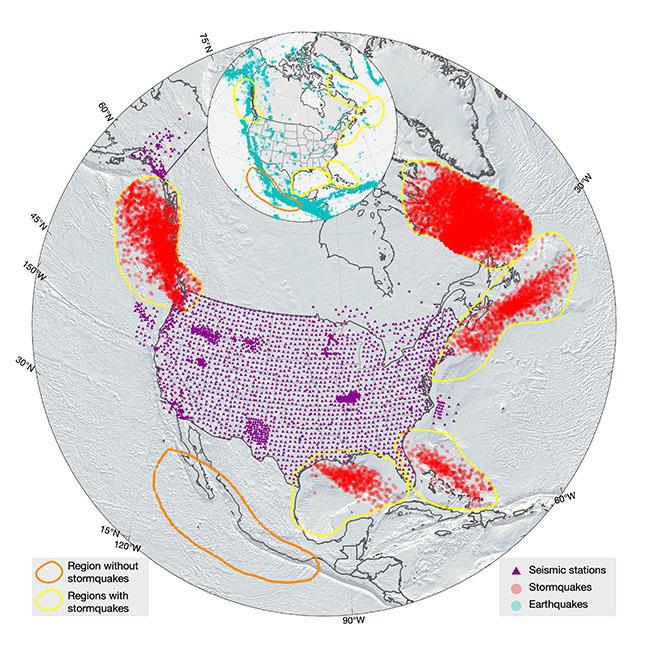Research confirms timing of tropical glacier melt at the end of the last ice age
Tropical glaciers in Africa and South America began their retreat simultaneously at the end of the last ice age about 20,000 years ago, according to a Dartmouth study. The finding of synchrony in ice retreat across the global tropics clarifies how the low latitudes transformed during one of Earth’s most extreme climate change events and … Read more
